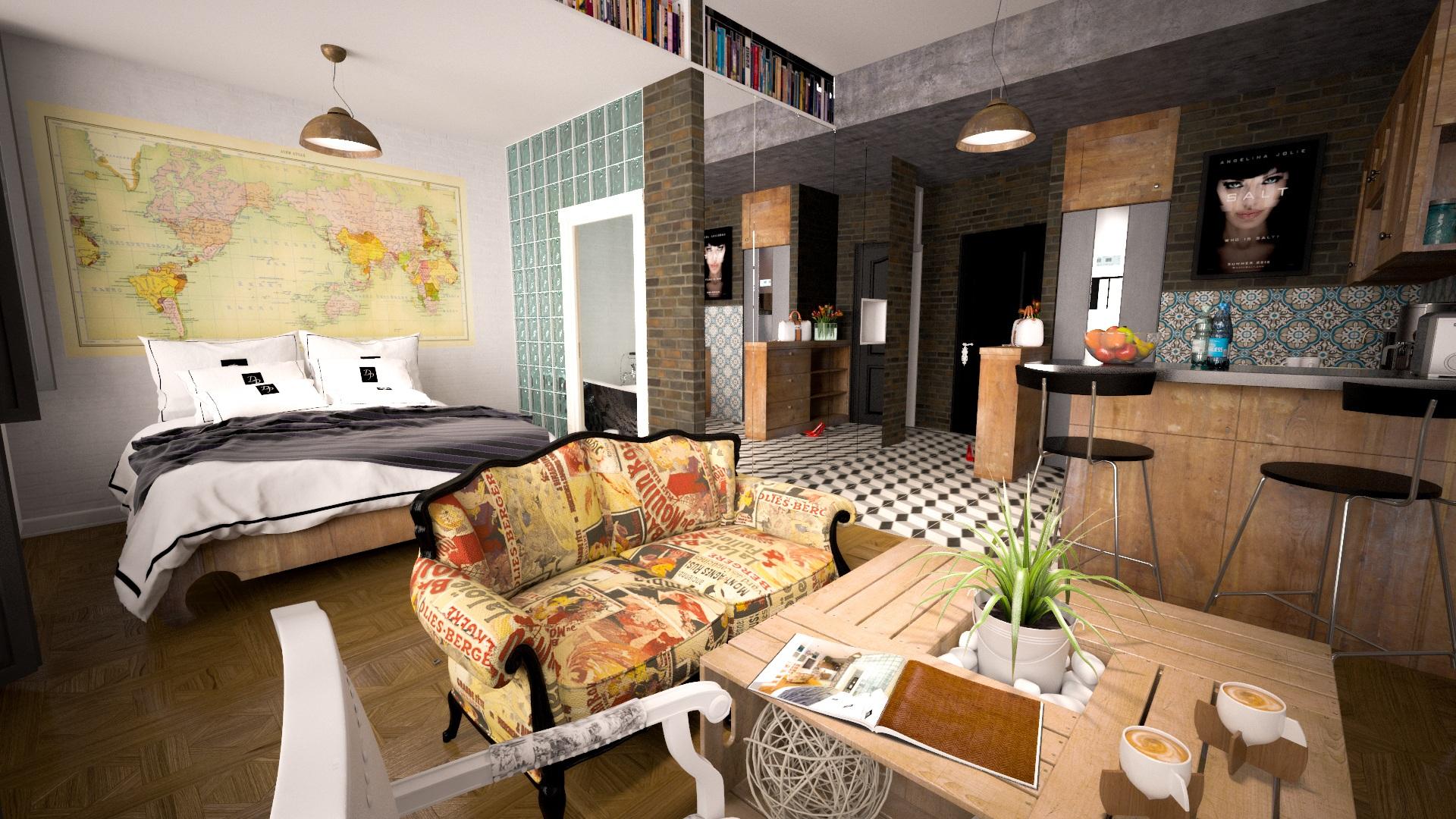Renovating a living room is an exciting endeavor that can breathe new life into your home. Whether you’re aiming for a complete overhaul or just a subtle refresh, experts in interior design, architecture, and home renovation have invaluable insights to share. From maximizing space to incorporating timeless design elements, here are some secrets from the experts to help you create the living room of your dreams.
1. Start with a Clear Vision
Before diving into renovations, it’s crucial to have a clear vision of what you want to achieve with your living room. Interior designer Jane Smith emphasizes the importance of defining your goals and priorities. “Consider how you want the space to function,” she advises. “Do you need more seating for entertaining guests? Are you aiming for a cozy retreat or a modern, minimalist look? Clarifying these objectives will guide your renovation process.”
2. Focus on Layout
The layout of your living room can significantly impact its functionality and aesthetic appeal. Architect David Johnson suggests assessing the existing layout and identifying areas for improvement. “Think about traffic flow and how people will move through the space,” he explains. “Arrange furniture in a way that encourages conversation and interaction, while also maximizing space utilization.”
3. Choose Timeless Design Elements
When selecting design elements for your living room, opt for timeless pieces that will withstand the test of time. Interior decorator Sarah Williams recommends investing in high-quality furniture and accessories with classic appeal. “Avoid trends that may quickly become outdated,” she advises. “Instead, opt for timeless colors, materials, and patterns that will remain stylish for years to come.”
4. Prioritize Comfort
Comfort should be a top priority when renovating your living room. Interior designer Michael Brown emphasizes the importance of creating a cozy and inviting atmosphere. “Choose plush seating, soft textiles, and warm lighting to enhance comfort,” he suggests. “Consider incorporating elements like area rugs, throw pillows, and blankets to add layers of coziness.”
5. Maximize Natural Light
Natural light can transform a living room, making it feel bright, spacious, and welcoming. Architect Emily Davis recommends maximizing natural light by strategically placing windows and incorporating reflective surfaces. “Consider installing large windows or skylights to bring in abundant natural light,” she advises. “Opt for light-colored paint and furnishings to amplify the brightness of the space.”
6. Incorporate Statement Pieces
To infuse personality and character into your living room, consider incorporating statement pieces that serve as focal points. Interior designer Mark Thompson suggests investing in artwork, sculptures, or unique furniture pieces that reflect your personal style. “Statement pieces can add visual interest and create conversation starters,” he explains. “Choose items that resonate with you and contribute to the overall ambiance of the room.”
7. Pay Attention to Details
Details can make a significant difference in the overall look and feel of your living room. Interior decorator Rachel Evans recommends paying attention to small details such as hardware, trim, and finishes. “Swap out outdated hardware, update trim work, and refresh finishes to give your living room a polished look,” she suggests. “Even subtle changes can have a big impact on the space.”
8. Strike a Balance Between Form and Function
Finding the right balance between form and function is essential when renovating a living room. Interior designer Christopher Garcia advises prioritizing functionality without sacrificing style. “Choose furniture and decor that not only looks good but also serves a practical purpose,” he explains. “Consider multi-functional pieces that offer storage solutions or can adapt to different needs.”
9. Don’t Overlook Lighting
Proper lighting can enhance the ambiance and functionality of your living room. Lighting designer Jennifer Lee recommends incorporating a mix of ambient, task, and accent lighting to create a well-rounded lighting scheme. “Install overhead fixtures for general illumination, task lighting for specific activities, and accent lighting to highlight architectural features or artwork,” she suggests. “Dimmer switches can also provide flexibility and control over the lighting levels.”
10. Stay Within Budget
Lastly, it’s essential to establish a realistic budget for your living room renovation and stick to it. Interior designer Kevin Clark advises prioritizing expenditures and making smart choices to achieve your desired outcome without overspending. “Identify where you can splurge and where you can save,” he advises. “Focus your budget on key elements that will have the most significant impact, such as furniture, flooring, and lighting.”
In conclusion, renovating a living room requires careful planning, attention to detail, and a keen eye for design. By following these expert secrets, you can create a stylish and functional living space that reflects your personal taste and enhances your quality of life. Whether you’re undertaking a complete renovation or making minor updates, incorporating these tips will help you achieve your renovation goals with confidence and success.



